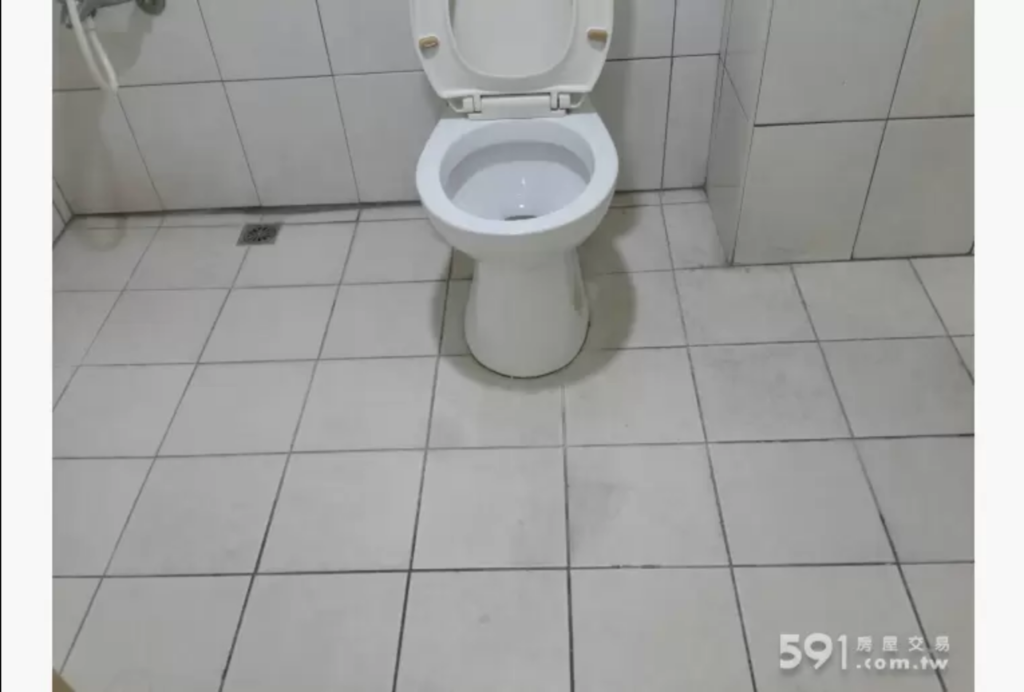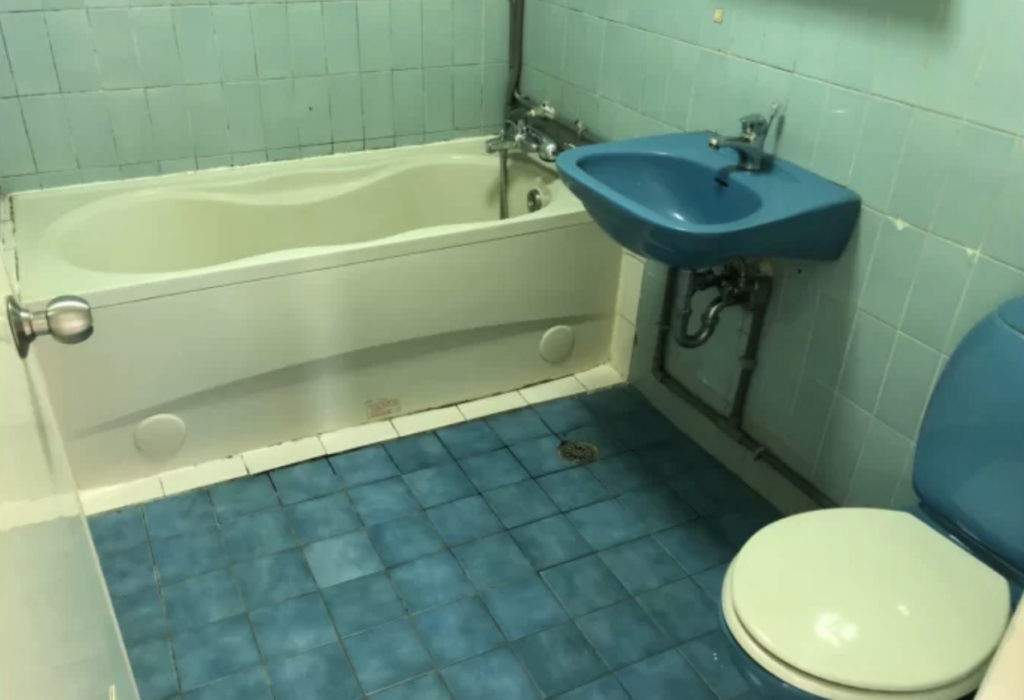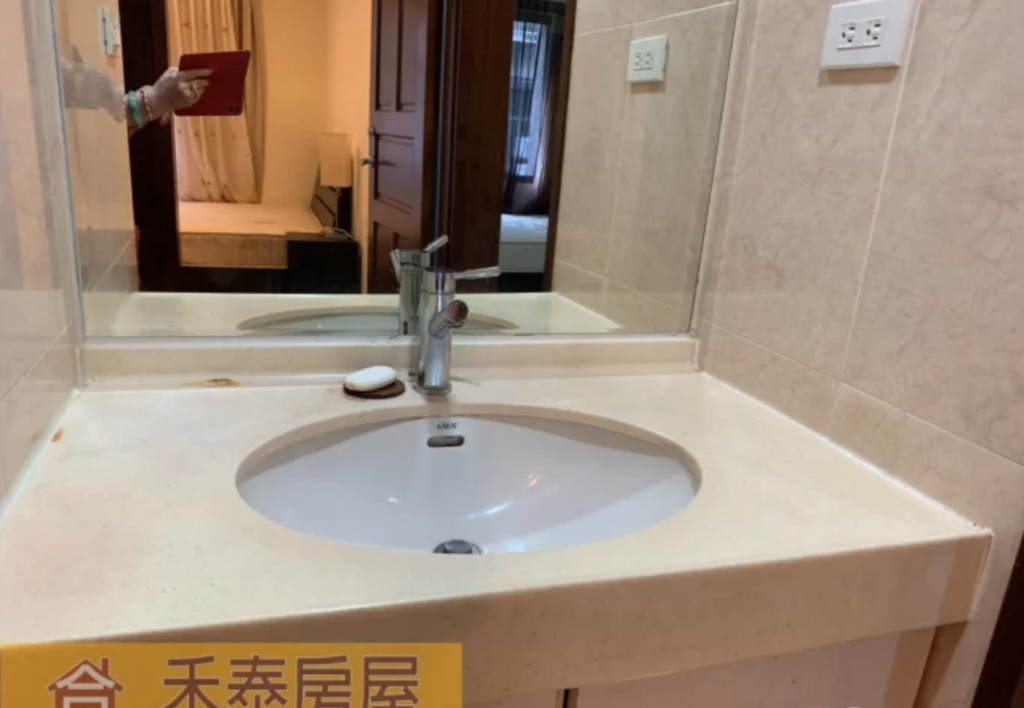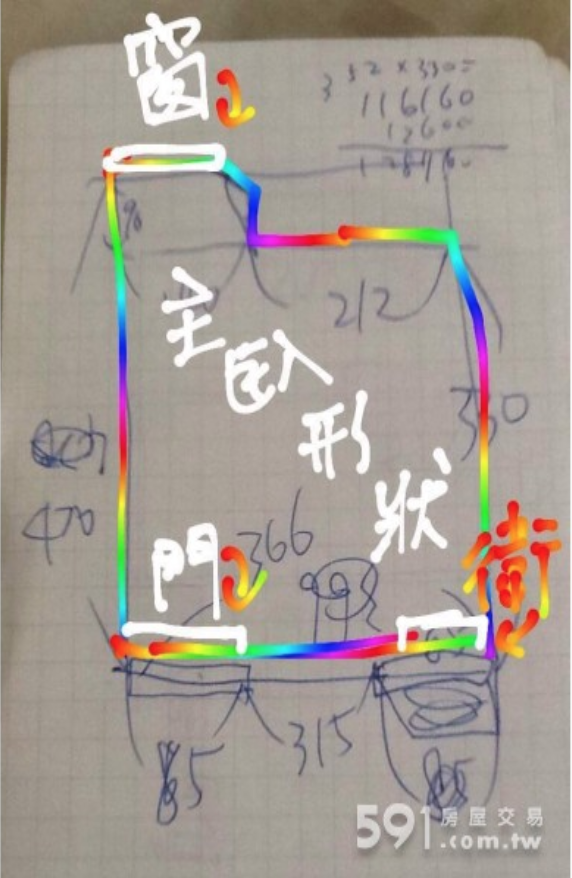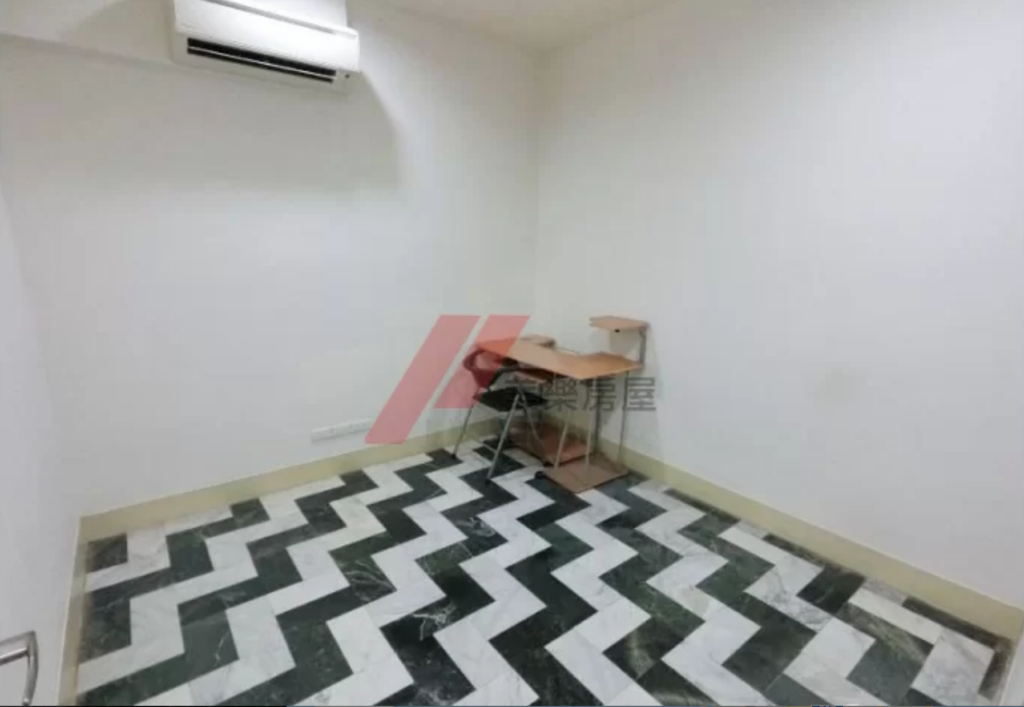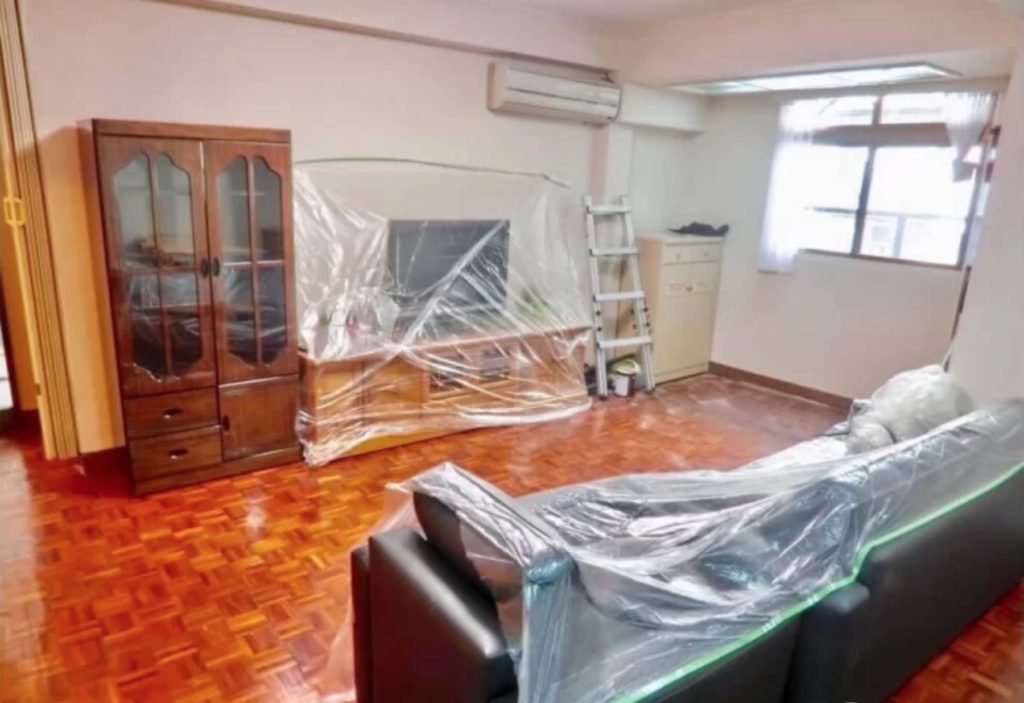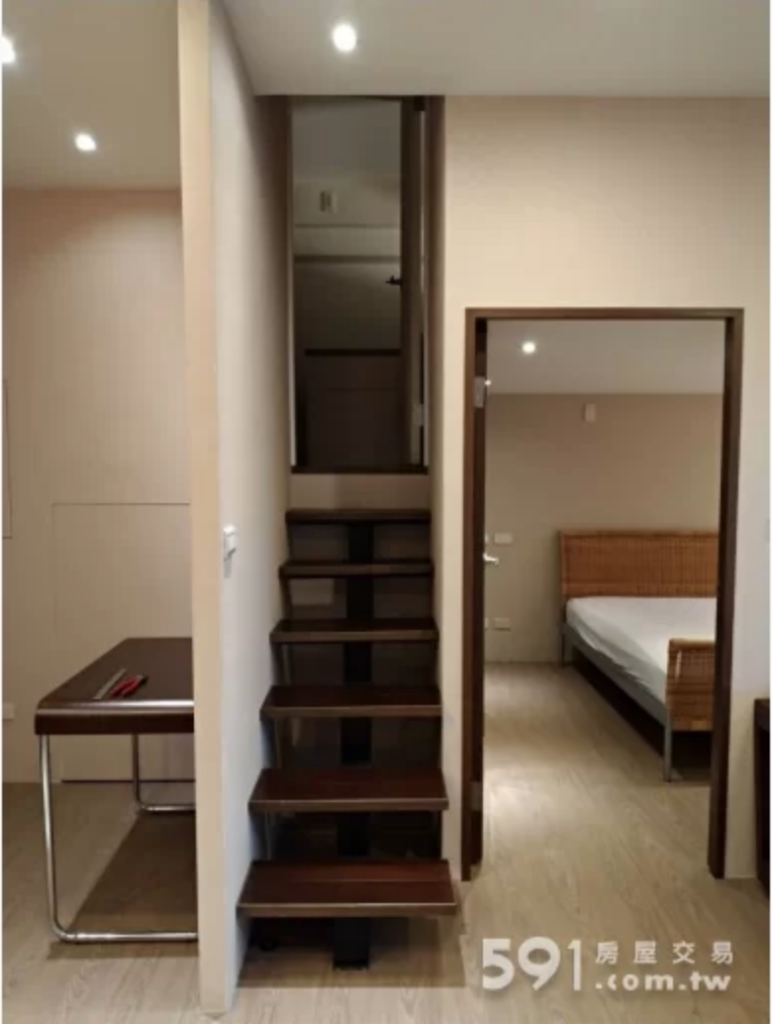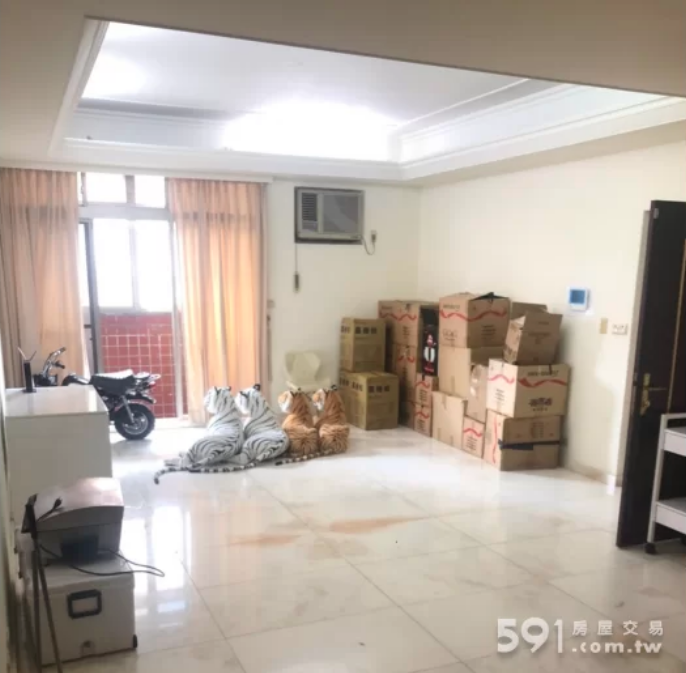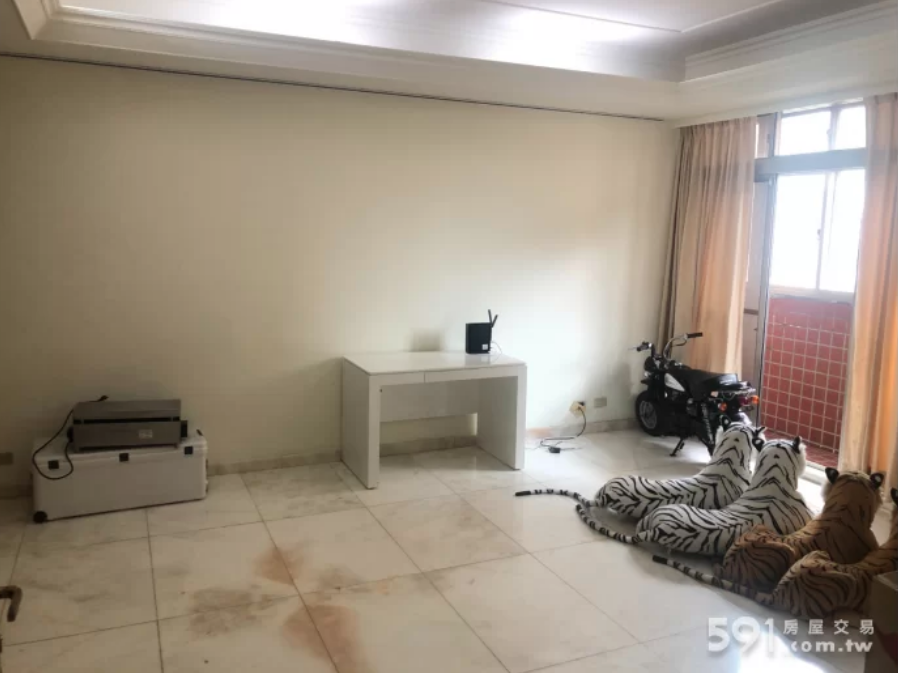It’s been nearly two months since I last updated about the condition of COVID-19 here in Taiwan. While some things have changed, our condition has largely stayed the same. Thank goodness Taiwan has stayed on point during this entire pandemic and continued to move quickly to stop loopholes and rectify mistakes. Our baby is due in less than two weeks, and we feel very comfortable and safe at this time in this country. When things began, it certainly didn’t look like we were going to be living in one of the countries that was handling it the best, but we are very relieved to say that four months later, Taiwan is very close (perhaps much closer than any other country) to declaring itself COVID-19 free.
In late March, we went on spring break early, and Taiwan saw its borders tighten. Now only Taiwanese citizens and those with Alien Residence Certificates would be allowed to enter the country, and everyone who came in needed to do two weeks in quarantine (now followed by a week of self-monitoring). I guess it’s a testament to how well Taiwan has normalized this move that I am astonished most places aren’t doing it. In fact, the UK is just about to start similar measures (though perhaps not strictly enforced) almost two months later, according to The Guardian. When I protested to Steve that I couldn’t believe they were doing this so late in the game, he just shook his head, and showed me that it was by far a minority of countries that had such a tight quarantine control. It’s no wonder that it’s basically everywhere in the United States.
By the end of spring break, we found out that school would be doing one more week of distance learning, which I think it was the right call to just pause and see how the island was doing. In fact, the Friday of that second week, April 3 was Tomb Sweeping Day, a national holiday and a three-day weekend for all of Taiwan. Over fifteen years ago, it was Tomb Sweeping Day and the massive amounts of domestic travel that day that kicked off a second wave of SARS infections, so officials were especially on alert. There were sweeping policies islandwide to check for temperatures on the high-speed rail, Taiwan Railway stations, and other bus stations and transit points. When we got back to school that next Monday, everyone was sent a survey so we could declare where we had been the entire weekend and with whom. It was basically pre-emptive contact tracing on a huge scale.
Moreover, when we came back to school, we saw some big changes to ensure that social distancing would be in effect. First, in addition to the temperature checks at school, everyone was now required to wear a mask, from the smallest children in kindergarten to the faculty and staff. Large group meetings were cancelled, so all-staff or faculty meetings in any division were moved to Zoom and held remotely. Large tents were set up in school courtyards with long tables that held only four chairs each. People were reminded to not move any of those chairs and to keep your mask on unless you were eating. Fortunately, since I have my own office, I was able to not have to wear my mask all the time if I was just sitting by myself. It was a big change from business as normal, certainly, but as we were reminded, it was a small price to pay to even be able to be at school. In mid-April, we did a call with other offices at international schools across East and Southeast Asia, with colleagues in Beijing, Hong Kong, Tokyo, Manila, Jakarta, Singapore, and more, and school after school reported that they were working from home after 2, 4, 6, even 8 weeks of lockdown (the longest stretch belonged to schools in Hong Kong). And then there was us! Wearing face masks and calling in from our office at school. We learned that more than 91% of schools around the world were currently closed. To be back here working, seeing students file past, and have our normal routine to hold onto felt amazing.
Of course, nothing goes off without a single hitch! On April 14 and 15, Taiwanese Navy sailors disembarked the Panshi which had gone on a diplomatic and friendship mission to the Pacific nation of Palau, with which Taiwan maintains diplomatic ties. Three days later, the CECC reported that three of more than 700 people who had been on board had tested positively for COVID-19, and the number quickly rose to more than 20. Of course, those more than 700 sailors had also gone home and were had contact with more than 2,000 family, friends, and acquaintances. Two admirals were removed from their posts for their neglect; it was originally believed that they had contracted the virus in Palau, but later determined that some people must have had it on board in the first place. Fortunately, they had a solid supply of face masks and general practice of wearing them, so were able to keep it from spreading to the entire ship. As of May 4, the CECC had registered 36 cases from the Panshi cluster, by far the largest cluster infection that had occurred in Taiwan. (That same article gives some comparisons that make this naval infection seem pretty light indeed compared to others in France and the US.)
Mercifully, nearly three weeks later, it seems like the Panshi cluster has not resulted in widespread community transmission throughout Taiwan, and it remains the only stain on Taiwan’s otherwise fairly pristine record. In fact, it is amazing that we have recorded more than 10 days of zero new cases in Taiwan. On May 10, the acting head of the CECC Health Minister Chen Shih-Chung announced that Taiwan had no cases for the third straight day in a row, and marked no domestically-transmitted cases of COVID-19 since April 12, meaning 28 days straight of no domestic transmission. To celebrate each zero day, the Grand Hotel has been lighting up its rooms to say “ZERO” using its facade.
Unfortunately, I think the international community really hasn’t picked up on that so far, since New Zealand has been getting much more fanfare for their zero cases, which was just recently achieved in early May. Not to trivialize their hard work, because most countries have not been able to do this at all, but New Zealand boasts a population of 4.8 million overall, which is smaller than the population of the Taipei–Keelung metropolitan area, at just over 7 million. For a country that has five times as many people and was much closer to the initial epicenter of the pandemic, Taiwan is giving a masterclass in how not to lose your head and protect your population in the middle of a pandemic. If not for its much larger neighbor to the northeast, this country would be getting MUCH more international attention.
I tried a quick experiment, and found that a search for “new zealand zero cases” yielded 402 million results on Google, while a search for “taiwan zero cases” yielded only 49 million results, about 10% of the attention New Zealand has gotten. Most of the articles on the front page for Taiwan come straight from Taiwanese news outlets, whereas the New Zealand reporting is all over global media like CNBC and the Guardian. I mean, come on, folks! To be a bit cynical, perhaps Taiwan is purposefully not getting enough publicity. If a country with high population density can flatten the curve to the extent that it’s been done here without an economically catastrophic shutdown, then maybe all those other countries could have done it too if they’d taken it seriously enough in the beginning or prepared better beforehand. In other words, maybe we’re the ones breaking the curve and making other countries look bad by comparison. The US is a tough comparison as a country with ten times the size of the population and the fourth biggest country (in terms of land area) in the world. But many European countries with populations of less than 10 million like Norway, Denmark, and Switzerland have had much larger outbreaks.
This is not to say that the Taiwanese economy and society has not been battered by the COVID-19 pandemic. A slower but visible effect has been shuddering through the economy thanks to the lack of international travel and business. Last month, I sent off Stella for a few days while we did our babymoon in Yilan, and the lady who ran our dog boarding place confided that they had had to lay off most of their workforce, only keeping their core employees. Summer’s their high season, when all the teachers and families board their pets there while they jet off to the US, but with the lack of travel this year, they’re looking at less than 50% of their usual capacity. They offer wonderful service, and it’s the only dog boarding place Stella has ever liked, so we’re hoping they’ll pull through. This weekend, we went downtown to our favorite breakfast spot from our old apartment, and the couple who runs the joint was delighted to see that we were so pregnant. They asked after us and even rubbed my belly. After we ate and got the bill, they told us that it’s been very rough not having their usual crowd of Japanese and Korean customers. To compound those woes, the large KTV building next door recently had a fire break out and is now closed for the time being. It turns out those clients usually order to go and bring a lot of food to their KTV session. So now they’re down on business all around. We haven’t even gotten to the Taiwanese travel agencies yet! We have two or three on our block, and nobody’s stepped into them for weeks now.
Around the island, there are more and more signs of cautious reopening, as the zero cases reinforce the perception that there is no widespread community transmission. New Taipei City has given the okay for museums and libraries to reopen to the public. CPBL, the Taiwanese baseball league, has been able to allow 1,000 fans to come to their Friday game this past week. They all wore masks and sat at least 3 seats away from each other, skipping every other row. Also, the concession stands were still closed, and no food was allowed, eliminating other potential vectors of virus transmission. In an excellent illustration of everyone being on the same page, the CECC has given permission for municipalities to decide if they want to reopen night clubs and hostess bars, but those municipalities have not decided to go ahead on that at the moment. Everyone’s taking social distancing very seriously, because they have recognized that zero cases doesn’t mean there’s no risk. Early steps and serious steps are the ones that have kept Taiwan relatively safe so far, so nobody’s relaxing these procedures. If anything, it’s gotten more intense in the last month or so; we are being scanned for body temperature and asked to sanitize our hands at almost every restaurant when we eat out.
As the situation improves, there are more and more chances for Taiwan to shine on the global stage. Taiwan is now donating millions of surgical face masks around the world, in a brilliant move that makes use of the existing infrastructure. The government allotment of face masks has risen from 2 every 7 days for adults to 9 per every 14 days over the last few months, and as the domestic supply for hospitals and the general public has been satisfied, the CECC decided to make it possible for people to donate their allotment instead. Just by using the same app that we order them, we can now choose to donate them instead, and Taiwan is easily able to centralize that donation mechanism, sending them out under the banner of the entire country. I’m glad the government is getting the praise and kudos from all these donor countries because the government is the one responsible for the truly amazing response and ramp-up of mask production and rationing. We pay just 52 NT (less than $2 USD) for our allotment of 9 every two weeks, and that’s thanks to them as well!
Since the pandemic outbreak, the US and other countries have seen many incidents of prejudice and xenophobia, and I wish I could say that Taiwan bucked this trend too when it came to COVID-19, but that’s not entirely true. Quite a few restaurants and bars in Taiwan have been reported as not welcoming foreigners, posting either signs on the door or notifying their clientele via social media that foreigners are either denied outright or must show their passports upon entering. This is downright stupid on two fronts. First, the CECC has been reporting only imported infectious cases of Taiwanese citizens who came back and have tested positively for COVID-19 while in their two-week quarantine period. (The last foreigner to have tested positively for the virus seems to be from March 13.) So there hasn’t even been a huge cluster of foreigners who are bringing COVID-19 back to Taiwan; it’s pretty much just returning overseas Taiwanese. Secondly, since mid-March, the only foreign citizens allowed back in are those with Alien Residence Certificates (ARCs), who are first and foremost subject to the same two-week quarantine period but also generally go through customs with e-Gate, a method which takes about 10 seconds and results in no entry/ exit stamps in your passport. So not only are these folks barring (statistically speaking) the wrong people from entering their establishments, they’re using the wrong tool to screen them out. It just stinks of blatant discrimination. It’s been mostly brewing on Facebook and discussed anecdotally in expat circles, but on May 6, Chen Shih-Chung addressed the phenomenon at the end of one of his daily briefings, noting that the virus does not differentiate between nationalities, and urging people to have empathy for each other. This weekend, when we went to an apartment viewing this weekend, we actually got a whole lot of questions from the apartment agent about my “foreign husband”. Even though I told them we were both American, they insisted on asking whether Steve was Asian-American or Caucasian. (Why did this even matter?) We still made it to the viewing, but it was a reminder that there’s a lot of uninformed opinions out there, and it left a bad taste in my mouth.
Overall, Taiwan has weathered this storm well so far, and we have relatively little to complain about compared to everyone else in the world. I have plans on another entry on how COVID-19 in the US looks from this side of the Pacific, but right now, it is enough for us to count our blessings. We are truly fortunate.
